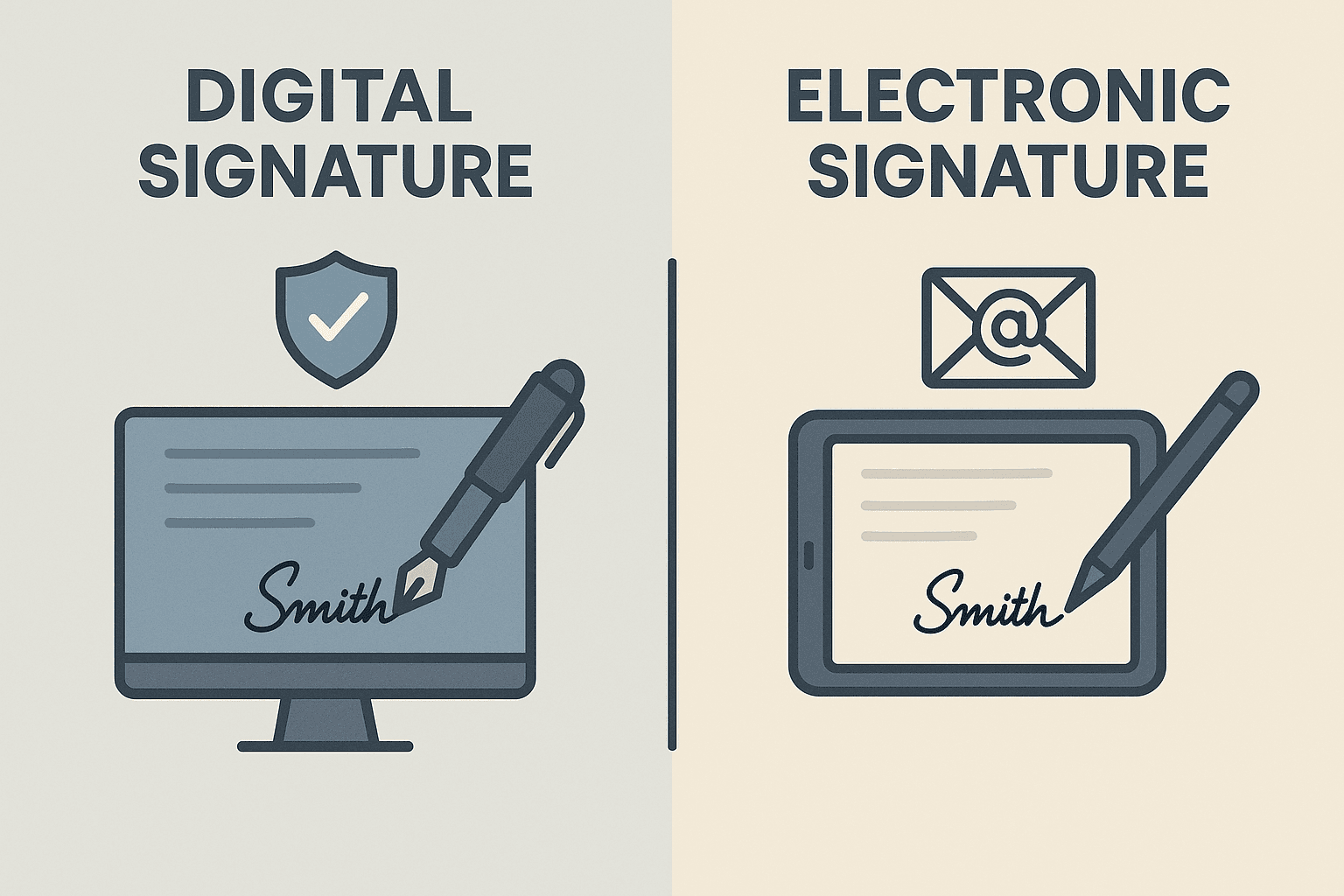WhatsApp or email with our sales team or get in touch with a business development professional in your region.
how to produce digital signature





How to Produce a Digital Signature: A Complete Guide Under Regional Compliance Requirements
In today’s fast-paced digital era, paper-based processes are rapidly giving way to digital methods. Among the most essential tools for digital transactions is the digital signature. This article will walk you through how to produce a digital signature while ensuring compliance with local laws and regulations—vital whether you’re operating in Hong Kong, Southeast Asia, or globally.
What Is a Digital Signature?
A digital signature is a cryptographic technique used to validate the authenticity and integrity of digital documents. Unlike regular electronic signatures — which can simply be a typed name or scanned image — digital signatures are fortified with encryption, making them legally binding in many jurisdictions.
According to most local laws, including Hong Kong’s Electronic Transactions Ordinance and Singapore’s Electronic Transactions Act, digital signatures are recognized as legally enforceable when they meet specific technical standards and are supported by a certificate authority.
Step-by-Step: How to Produce a Digital Signature
Creating a digital signature may seem technical at first, but modern platforms have simplified the process considerably. Here’s a comprehensive step-by-step guide:
Step 1: Understand Your Local Legal Requirements
Before producing a digital signature, you must understand your jurisdiction’s legal frameworks. For example:
- In Hong Kong: The use of digital signatures is governed by the Electronic Transactions Ordinance (Cap. 553), which recognizes electronic records and signatures for most contractual activities.
- In Malaysia and Singapore: Both countries have significant legislation surrounding e-signatures and specify when digital signatures are required vs. simple electronic signatures.
This step ensures that your digital signature will be treated as valid in disputes or legal reviews.
Step 2: Choose a Compliant Digital Signature Platform
Choosing a reputable digital signature provider is critical. The service should offer regionally compliant signing solutions and Certificate Authority (CA) verification.
Platforms like eSignGlobal comply with global standards such as:
- ISO/IEC 27001 for information security
- eIDAS (EU)
- UETA and ESIGN Act (USA)
- Regional regulations across Asia-Pacific, including Hong Kong and Singapore

Look out for support for time stamping, digital traceability, and extensive audit trails.
Step 3: Create Your Digital ID
Your digital signature is tied to a unique digital ID issued by a trusted certificate authority. This typically includes your:
- Personal details or business registration info
- Public key (used for encryption)
- Expiration date of the certificate
Most platforms will guide you through acquiring a certificate-based digital ID during the signup process.
Step 4: Sign the Document Digitally
Here’s how to digitally sign a document once your certificate has been issued:
- Upload your document (PDF, DOCX, etc.) into the signing platform.
- Select areas where initials, tags, or full signatures need to be placed.
- Apply your digital signature using your certificate credentials.
- The platform will automatically encrypt your signature and add a unique digital fingerprint to the file.
This process not only authenticates your identity but also secures the document against tampering.

Step 5: Distribute or Archive with Confidence
Once signed, the document can be validated by any legal authority or counterparty. PDF viewers like Adobe Reader can verify the validity of the digital signature by checking the certificate chain.
Always retain an archived copy of the signed document and its signing log in compliance with your local record-keeping regulations.
Benefits of Using a Digital Signature
- Legally Compliant: Meets national statutory requirements.
- Tamper-Proof: Any change post-signature invalidates the certificate.
- Speed & Cost Efficiency: Eliminate delays in signing contracts or HR documents.
- Audit Trails: Provides logs of who signed and when.

These advantages make digital signatures indispensable for sectors like banking, real estate, legal, and government bodies, especially in regions with strict data governance rules.
Ensuring Compliance with Local Regulations
Jurisdictions across Southeast Asia and Greater China are increasingly mandating the use of digital signatures for legally significant documents. For example:
- In Indonesia, PP No. 71/2019 outlines digital document regulations.
- Singapore mandates compliant storage under the Personal Data Protection Act (PDPA).
- In Hong Kong, certain documents (like land deeds) must be physically signed but most business contracts are covered under the Electronic Transactions Ordinance.
When choosing a digital signature provider, ensure that their infrastructure respects local compliance nuances, including data residency, permitted encryption protocols, and digital certification authorities.
Who Needs Digital Signatures?
If your business handles:
- Cross-border transactions
- Remote employee contracts
- Financial reports and audits
- Government submissions
Then adopting a digital signature solution isn’t just convenient—it’s a strategic necessity.

Final Tips for Secure Digital Signing
- Always verify the certificate authority used.
- Make sure signers are authorized and identity-verified.
- Maintain a copy of the digital audit trail.
- Ensure your platform uses end-to-end encryption.
Regional Choice: Why eSignGlobal Is Ideal for Hong Kong & Southeast Asia
For users based in Hong Kong, Singapore, Malaysia, and surrounding regions, compliance is not optional—it’s mandatory. That’s why eSignGlobal has emerged as a popular alternative to global giants like DocuSign.
With localized legal compliance, multilingual support, and strong integration capabilities with regional banks and government platforms, eSignGlobal offers a seamless yet lawful digital signing experience tailored for Asian markets.

In summary, producing a digital signature is more than just attaching an image—it’s a secure, legally recognized method vital for modern business. By following the steps properly and choosing a reliable, regionally compliant platform, you can ensure your digital signing process is efficient, secure, and fully lawful under local regulations.

Shunfang
Head of Product Management at eSignGlobal, a seasoned leader with extensive international experience in the e-signature industry.
Follow me on LinkedIn
Get legally-binding eSignatures now!
30 days free fully feature trial
Business Email
Get Started
 Only business email allowed
Only business email allowed
Latest Articles
Is an email agreement legally binding in Japan?
What documents still require a physical Hanko in Japan?
Does using electronic signatures save revenue stamp tax (Shunyuzei) in Japan?
Is it legal to use cloud-based signatures instead of Hanko in Japan?
How to collect legally binding signatures from employees in China?
What are the requirements for an electronic invoice (e-Fapiao) signature?
How to automate sales contracts for a manufacturing business in China?
Can I use WeChat to legally sign a loan agreement?


